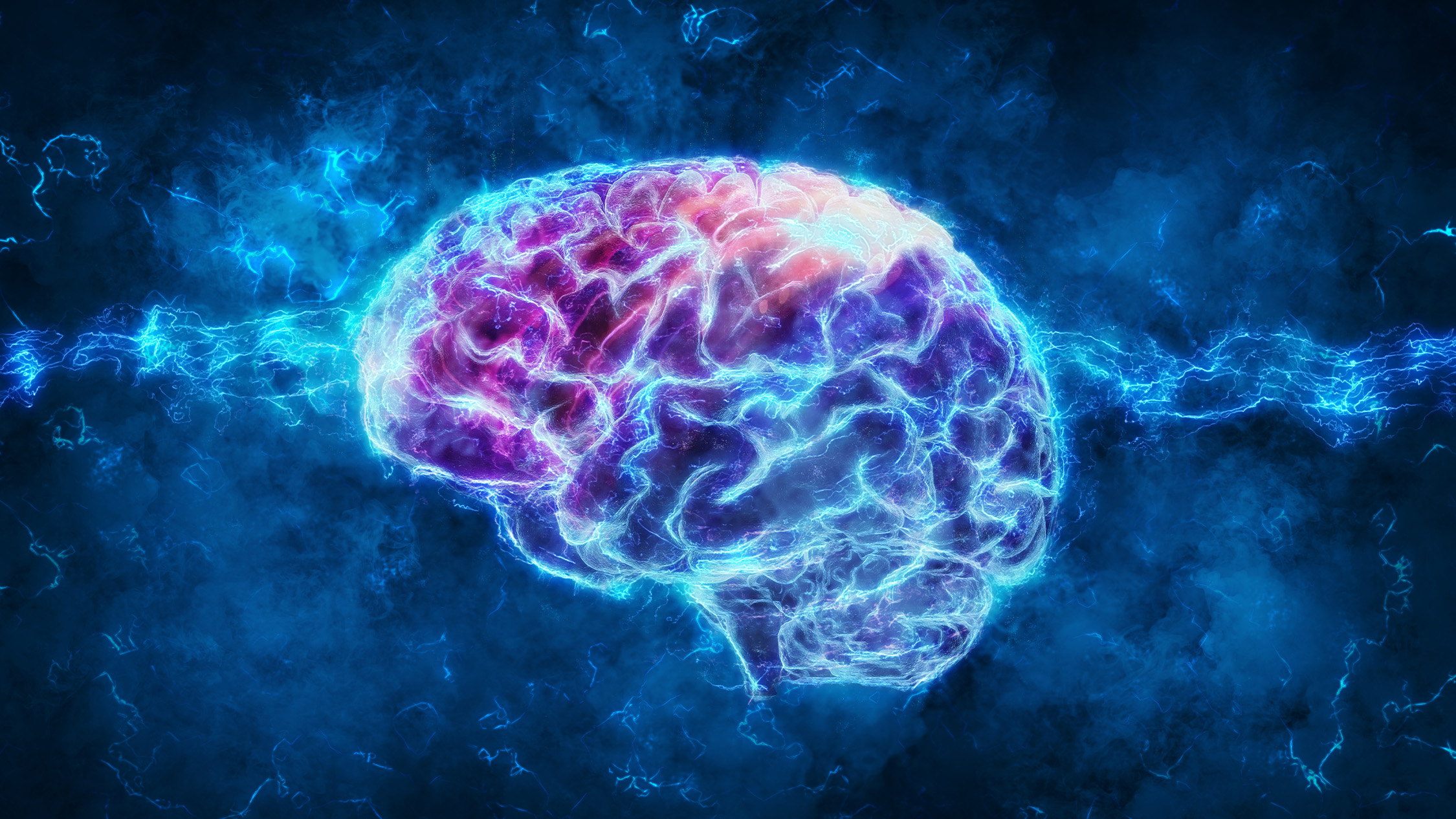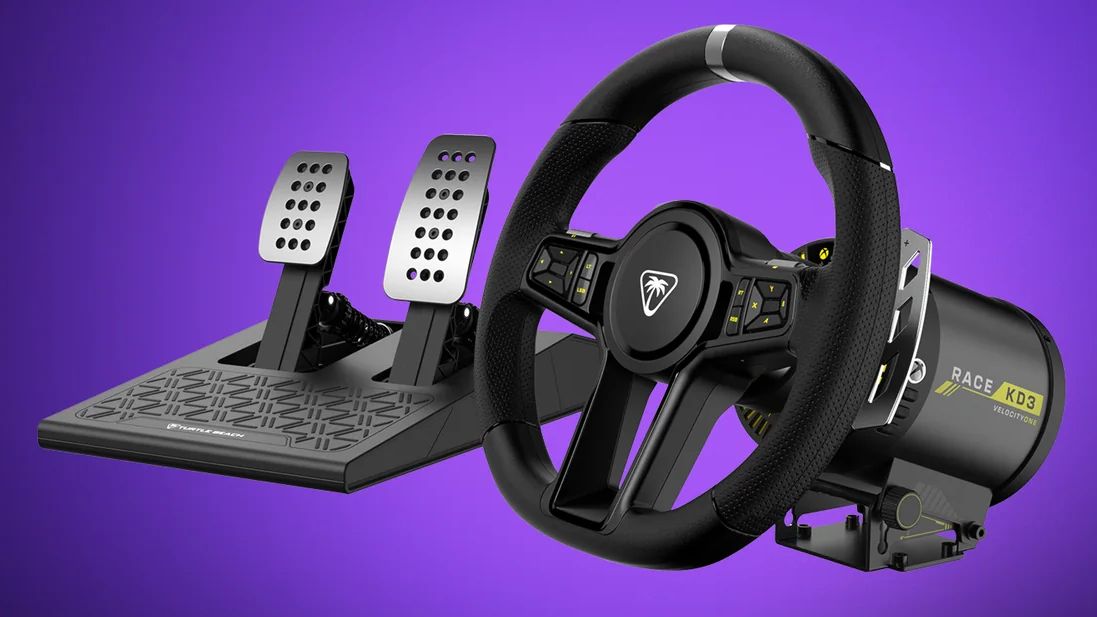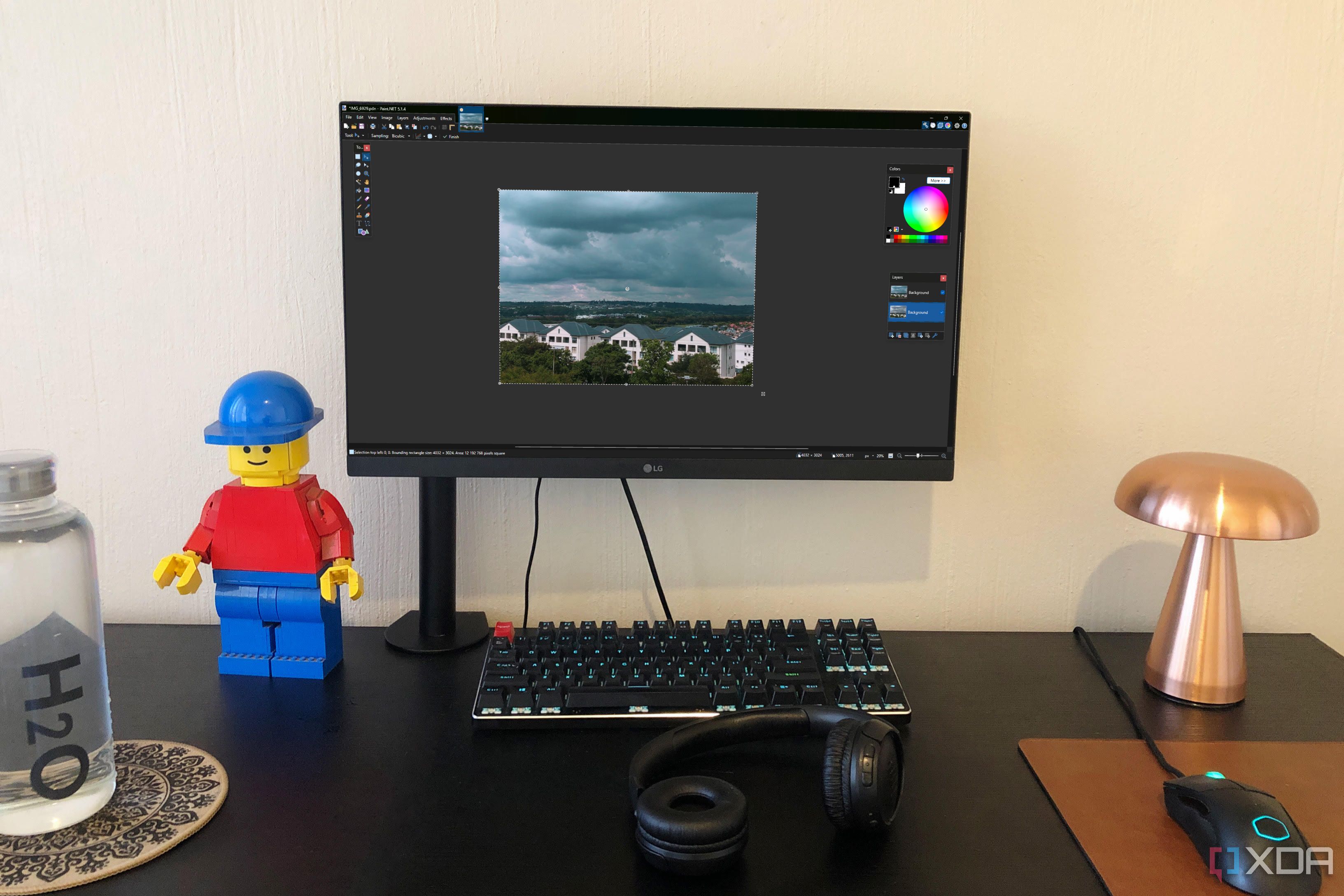As we age, we experience certain physical and mental changes, which is why exercising is crucial for building or maintaining physical and psychological strength. In the same way that we must train our muscles to grow, we also need to train our brains to stay sharp and strong.
Brain training simply refers to activities that can improve cognition and memory. You might be an avid crossword player or enjoy learning new skills, for example. The efficacy of brain training activities is still debated today with regard to whether or not the skills translate to everyday life. That said, they can be fun and engaging, and some are very practical.
I’m neurodivergent, and recently discussed my (lack of) working memory with a client I train. He told me about a memory tool he picked up from Mind Tools, known as the "Roman Room System.” Curious, I did a bit of digging into the system itself and how it works.
Here’s what I learned, and how you might benefit from it, too.
Do brain training exercises actually work?

There’s promising research to show brain training can help improve cognition, memory and attention. However, its effectiveness is still debated.
A large-scale cross-sectional investigation published in Frontiers in Human Neuroscience explained (as recently as 2019) that there’s an “ongoing debate concerning its scientific basis or evidence for efficacy,” stating that much of the research is based on small studies.
Researchers analyzed cross-sectional data from two large internet-cohort studies and concluded that those who undertake “commercially available brain training regimes for long timescales” do benefit, but although the benefits can transfer to other computerized tasks, it's limited. They cited motivation to engage in brain training as an important factor in cognitive ability.
Another study assessed 51 healthy subjects using cognitive training called Lumosity, testing attention, processing speed, visual memory and executive function. This lasted for 15 minutes per day, seven days a week, for three weeks. It’s a limited study, but researchers did find improvements in attention and motor speed.
What is the Roman Room System?
Also referred to as the Method of Loci, Mind Tools states that the Roman Room technique is an effective way to remember information that doesn't follow a structure.
Using the system, you’ll imagine a room you know well, like your bedroom or office. Next, imagine the objects within the room and associate these with the information you want to remember. The system recommends forming images connected with the information and attaching them to the objects. Whenever you need to recall information, take a tour of the room in your head and visualize the objects to bring up the information.
To take the system further, imagine a place with multiple rooms that you know well, like your home, then move from one room to another, associating each room and the objects within with information you need to recall. The technique encourages you to store categories of information in different rooms, just like you would furniture, creating a “cognitive map” in your mind.
The system recommends forming images connected with the information and attaching them to the objects.
It’s particularly useful for unordered information that doesn’t follow a set process, but you could travel through the rooms in a set way if you want to recall information in order, such as a speech.
The theory is that mentally stimulating activities improve neuroplasticity — your brain’s ability to form new neural connections — and ward off conditions such as dementia. Again, though, the evidence is limited.
Remember, physical exercise is proven by a wealth of research to improve cognitive function, even when performed at a moderate intensity. Alongside enjoyable brain training activities, consider taking walks or adding some form of movement or exercise to your daily routine to help you stay mentally sharp as you age.
Follow Tom's Guide on Google News to get our up-to-date news, how-tos, and reviews in your feeds. Make sure to click the Follow button.
.png)











 English (US) ·
English (US) ·